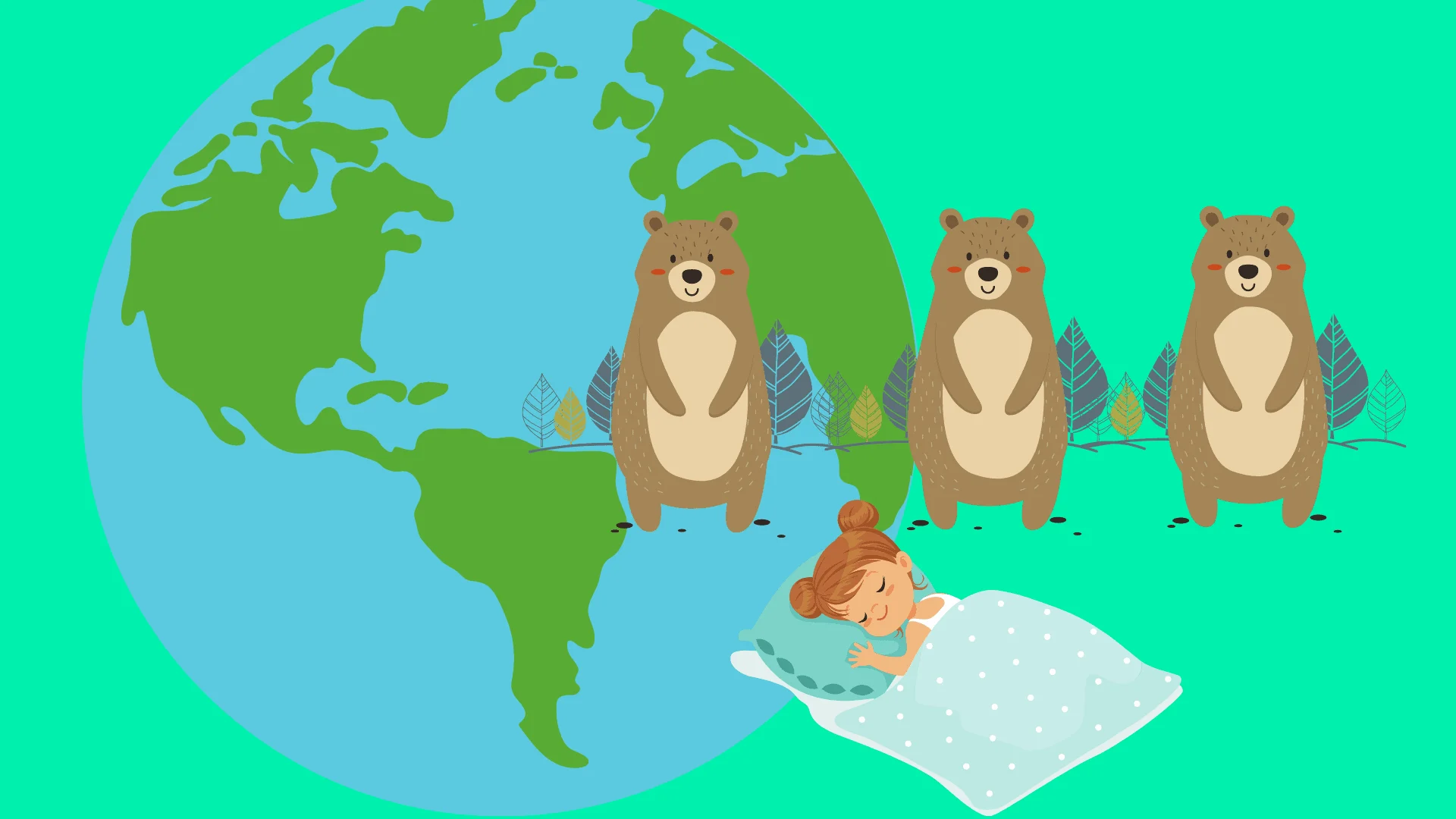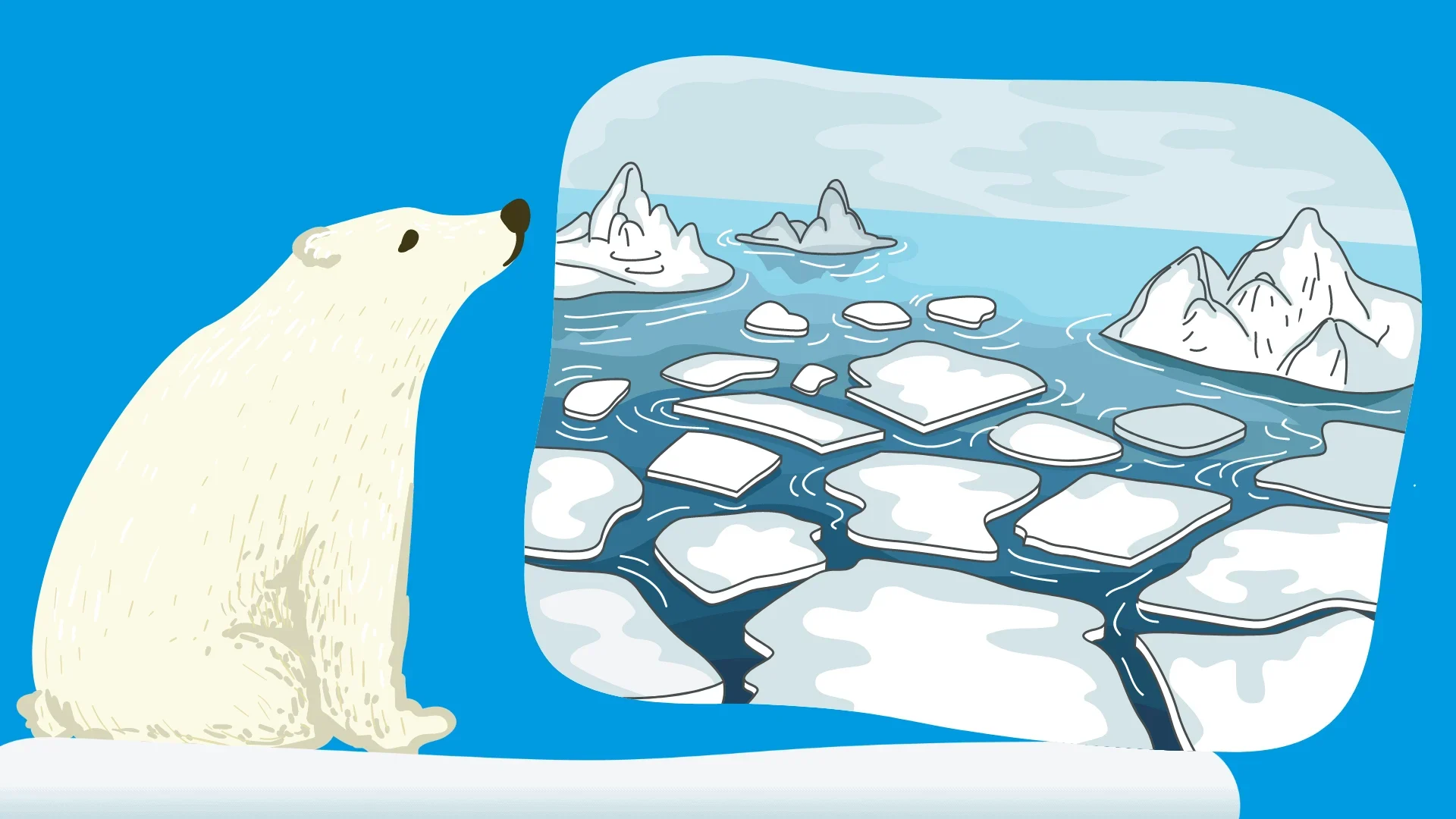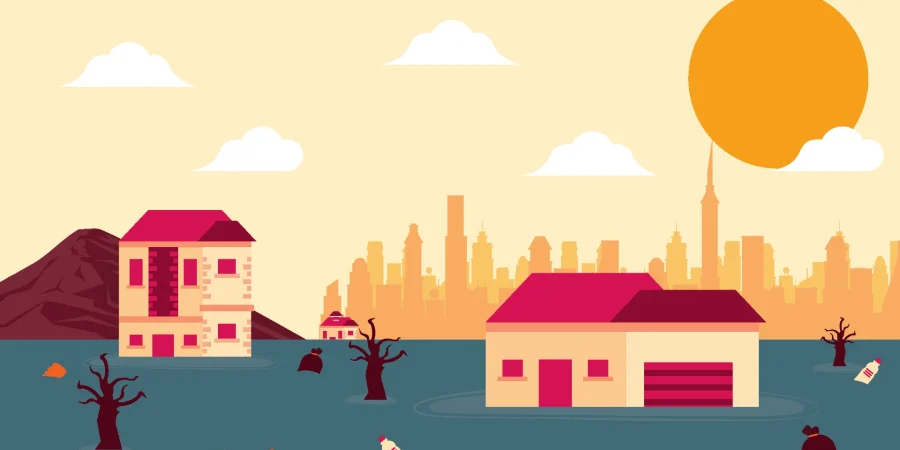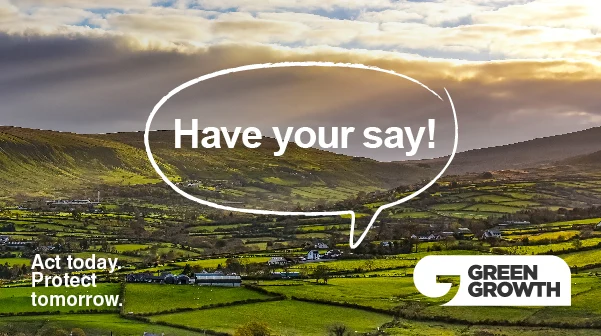What is climate change?
In a nutshell, climate change is a significant long term change in the planet’s global weather and temperature – in this instance earth is getting warmer with the global temperature having risen on average by around 1°C.
Turn on the news, flick through social media, or chat to your neighbour about the weather and chances are you’ve read or heard something about climate change recently.
We are of course hearing about it more because it is a very real issue and one which will affect each and every one of us in the years to come.
It is said that these won’t be small changes either but fundamental shifts in how we live, work, and travel, as well as how we eat and even how we heat our homes.
What caused climate change?
Scientists have ruled out natural causes of global temperature increases such as volcanoes, and say that human behaviour is extremely likely to have caused climate change.
They pinpoint the industrial revolution as a key moment in time for climate change as it was in the 1800s that we started to burn fossil fuels such as coal, oil and gas.
These fuels when burnt release greenhouse gases such as carbon dioxide into the atmosphere, which cause a warming effect. Two thirds of earth’s warming has occurred since 1975 according to NASA.
The increase in carbon dioxide in our atmosphere is in fact huge when considered over time. Before we started using fossil fuels widely, the level of carbon dioxide (CO2) in the atmosphere was around 280 parts per million, it has now risen to over 400 parts per million.

That is an increase of 40% observed during the 20th and 21st centuries alone, and the biggest increase in the last 800,000 years according to scientists.
Other human activities contributing to climate change include deforestation, agriculture, and the manufacturing of metal, cement and chemicals.
The increase in carbon dioxide in our atmosphere is in fact huge when considered over time. Before we started using fossil fuels widely, the level of carbon dioxide (CO2) in the atmosphere was around 280 parts per million, it has now risen to over 400 parts per million.
That is an increase of 40% observed during the 20th and 21st centuries alone, and the biggest increase in the last 800,000 years according to scientists.
Other human activities contributing to climate change include deforestation, agriculture, and the manufacturing of metal, cement and chemicals.

What does earth have in common with Goldilocks?
Nasa says that earth is known as the Goldilocks planet, it’s not too hot nor too cold. In fact it’s just right to support life.
Greenhouse gases are part of this equation – they occur naturally and help keep earth at a stable average global temperature of 15 degrees.
But our use of fossil fuels for industry and to heat our homes along with other human behaviours has released even more greenhouse gases; trapping heat and causing temperatures to rise.
Turns out, we don’t need to look too far into the future to imagine what climate change might look like because scientists also tell us that the effects of climate change are apparent even now.
What is climate?
Climate is simply the weather conditions we experience over a period of time. To understand the nature of the climate change problem, let’s take a trip back in time.
Do you remember those hot Northern Ireland summers from childhood that everyone talks about? It’s more likely that a few warm days way back then make it seem more like we enjoyed glorious hot summers in hindsight.
Data actually shows that global temperatures have been steadily on the rise since the 1960’s at a faster rate than since the beginning of the industrial revolution.
In fact according to the Met Office, the UK’s ten hottest summers have all occurred since 2002. There may have been the odd rogue summer of course where it was exceptionally hot – 1976 is the stuff of legend.

That year, Europe enjoyed a high pressure system which lasted from May through until the end of August and saw temperatures rise above 32° C at a host of weather stations around the UK. But 1976 aside, our seasonal climate can be fairly summed up in the wisecrack that in the summer here in Northern Ireland, the rain is warmer.
Earth has five different climate zones and Northern Ireland enjoys a temperate climate meaning that it doesn’t get too hot or cold here.
Climate Zones according to the Koppen Classification System
Temperate
Arid
Tropical
Continental
Polar
The global climate
Whilst weather forecasts are calculated on a daily or hourly basis, the typical measurement of climate is an average over a period of thirty years, but scientists and meteorologists also look back over millions of years to see the patterns.
This measurement of climate and its patterns consists of the temperature of an area as well as its rainfall, humidity, wind, and atmospheric pressure.
The climate we experience impacts on every aspect of our lives – the fact that by and large we build our homes In Northern Ireland complete with central heating, but rarely with air conditioning.
And just look at our wardrobes, you’ve likely got some thermal undergarments lurking somewhere alongside a questionable bathing suit which probably sees the light of day but once a year – and even then you’re probably in Spain which has a much warmer climate.
Climate Change is apparent on a global scale – it’s those extreme weather events we are seeing more frequently in the news; floods, wildfires, and record-breaking temperatures. And all of this in turn affects not just us humans but also wildlife and the habitats they depend on.

Whilst the rate of increase in earth’s temperature has been greater over land than sea, it has been found to be happening fast in the Artic.
For example it’s been reported for some time now that polar bears are under threat from melting artic sea ice, which decreases their habitats and causes them to have to swim further for food and shelter.
Sea levels are also rising partly due to this ice melt and also because water expands when it is heated as a direct consequence of global warming. There are other issues as well. The sea absorbs around 30% of the carbon dioxide that is realised into the atmosphere, but increasing levels of CO2 make sea water more acidic – with implications for ecosystems and the marine life they support.
According to NASA which has been monitoring ice losses for the past couple of decades, the Greenland ice sheet is now losing more ice than it gains back in the summer and has the potential to raise sea levels considerably – to the point where we could lose 1.79 million square kilometres, or to visualise this, an area overall equivalent in size to Alaska.
The impact of rising sea levels is a threat to marine ecosystems and also means that those living in coastal communities will likely need to move.

Climate change – what next?
According the recently published UK State of the Climate report, disruptive climate change is already apparent.
The report says that the temperature has risen by 0.9 degrees over the last thirty years and it is 6% more wet. We are also likely to see more extreme weather events like the heatwave we experienced in July 2021 as well as flooding events like those seen in other parts of the UK and Germany as well as wildfires caused by droughts as seen in Turkey.
Climate change is being addressed not just by other parts of the world, but also right here in Northern Ireland.
The Climate Change Committee which was established under the Climate Change Act 2008 as the statutory, independent and expert climate change advisors to the UK and all of the devolved governments, has suggested a target of at least an 82% reduction in net greenhouse gas emissions for Northern Ireland by 2050.
They say this represents a realistic and a fair contribution from Northern Ireland towards the UK Net Zero target.
Each of our different sectors in Northern Ireland all play an important role and we can all do our bit to meet such an ambitious evidence based target, by taking steps and actions now to reduce emissions and our carbon footprints.
COP26 the UN Climate Change Summit is taking place in Glasgow from 31 October – 12 November 2021. The event will see global leaders coming together to discuss climate change and to agree actions to tackle the issue.
Wondering how you can reduce your carbon footprint? Find out about the 16 most effective ways to reduce carbon pollution at Count Us In.




